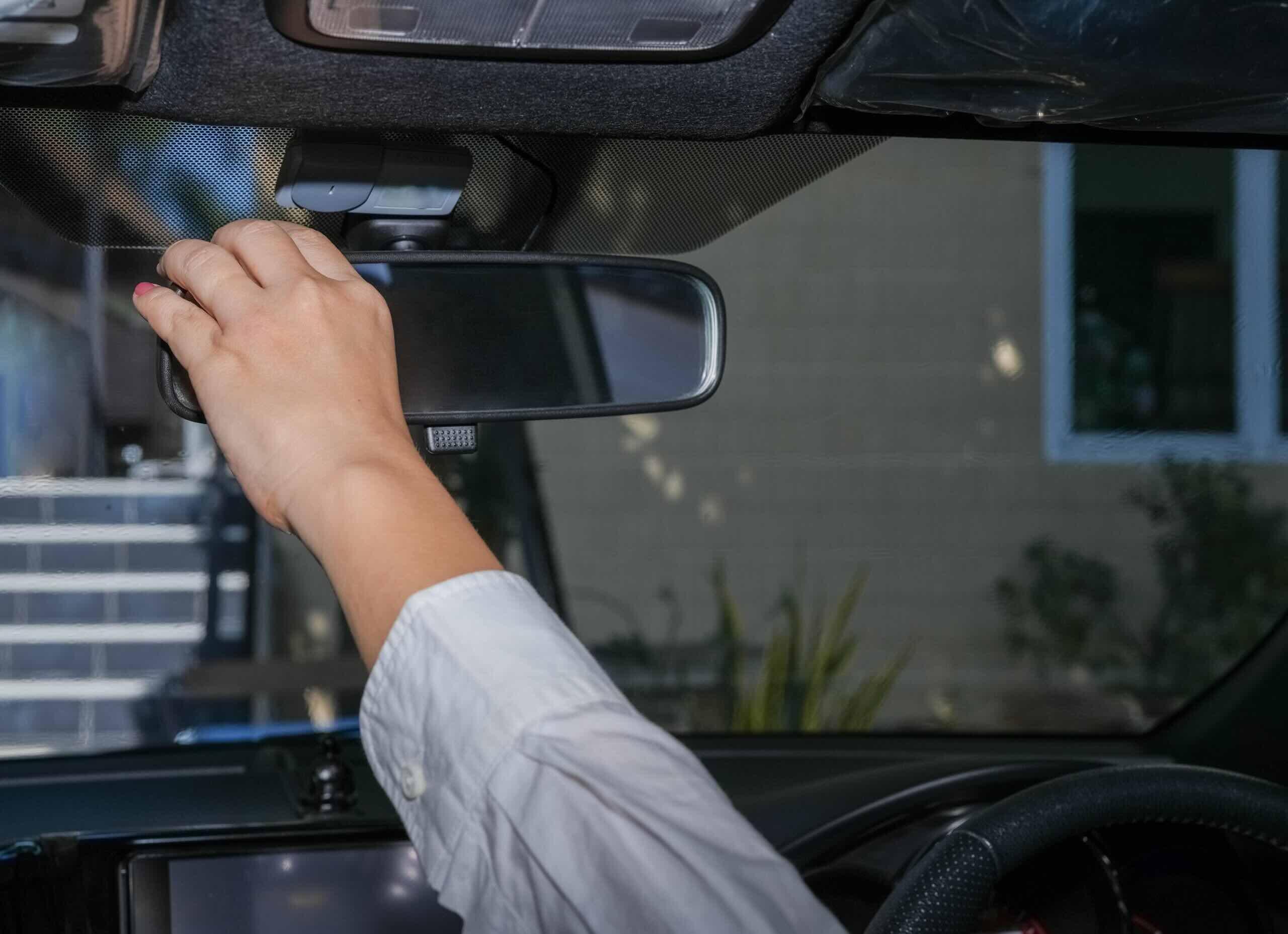

Articles
How Often To Check Mirrors While Driving
Modified: February 24, 2024
Discover how often you should check your mirrors while driving with these informative articles. Learn the importance of mirror usage for safe and confident driving.
(Many of the links in this article redirect to a specific reviewed product. Your purchase of these products through affiliate links helps to generate commission for Storables.com, at no extra cost. Learn more)
Introduction
When it comes to safe and responsible driving, one of the most critical skills to master is regularly checking your mirrors. Mirrors are your virtual eyes on the road, providing you with crucial information about your surroundings. By regularly checking your mirrors, you can stay aware of the traffic around you, anticipate potential hazards, and make informed decisions on the road.
While it may seem like a simple task, many drivers underestimate the importance of consistently monitoring their mirrors. Whether you’re a new driver or have been on the road for years, understanding how often to check your mirrors can significantly enhance your driving experience. In this article, we will explore the significance of checking mirrors while driving and provide practical guidelines for when and how often you should do so.
Key Takeaways:
- Consistently checking your mirrors while driving is crucial for maintaining situational awareness, adapting to traffic conditions, and executing maneuvers safely. Regular mirror checks contribute to overall safer driving habits and enhance defensive driving skills.
- Factors such as road conditions, traffic density, and driving experience can influence the frequency of mirror checks. Adapting mirror-checking habits based on these factors ensures optimal situational awareness and safe driving.
Read more: How Often Are Security Cameras Checked
Importance of Checking Mirrors While Driving
Checking your mirrors while driving is essential for several reasons. First and foremost, it helps you maintain situational awareness on the road. By regularly scanning your mirrors, you can stay informed about the vehicles around you, anticipate their movements, and react accordingly. This is crucial for avoiding collisions and ensuring the safety of yourself and others.
In addition to situational awareness, checking your mirrors also allows you to stay updated on traffic conditions. You can identify any vehicles that are approaching at high speeds or changing lanes, enabling you to adjust your driving accordingly. This not only keeps you safe but also helps to promote a smoother flow of traffic.
Mirrors are also crucial for making lane changes and turns. Before changing lanes, it is essential to check your side mirrors and rearview mirror to ensure that it is safe to proceed. This helps to prevent any potential blind spot accidents and ensures that you are aware of any approaching vehicles that may be in your intended path.
Furthermore, checking your mirrors while driving helps you stay aware of emergency vehicles. By monitoring your mirrors, you can quickly spot the flashing lights and sirens of emergency vehicles approaching from behind, allowing you to safely yield and make way for them.
Lastly, regularly checking your mirrors can contribute to overall safer driving habits. It helps you become more attentive and aware of your surroundings, reducing the likelihood of distractions. It also encourages you to develop a habit of scanning your mirrors consistently, which can enhance your driving skills and make you a more defensive driver.
Overall, checking your mirrors while driving plays a vital role in maintaining situational awareness, adapting to traffic conditions, executing maneuvers safely, and developing good driving habits. It is crucial to prioritize mirror checks as an integral part of your driving routine.
Factors Affecting Frequency of Mirror Checks
The frequency of mirror checks while driving can vary depending on several factors. Understanding these factors can help you determine how often you should be checking your mirrors in different situations. Here are some key factors that can affect the frequency of mirror checks:
1. Road Conditions:
The condition of the road you are driving on can influence how often you need to check your mirrors. For example, if you’re driving on a busy highway with heavy traffic, you may need to check your mirrors more frequently to stay aware of the vehicles around you. On the other hand, if you’re driving on a quieter residential street with fewer vehicles, you may not have to check your mirrors as often.
2. Traffic Density:
The density of traffic on the road can also impact the frequency of mirror checks. In congested traffic, where vehicles are closely packed, you’ll need to check your mirrors more frequently to anticipate sudden lane changes or braking maneuvers by other drivers. In lighter traffic, you can still maintain awareness but may not need to check your mirrors as frequently.
Read more: How To Check For Double Sided Mirrors
3. Speed of Travel:
The speed at which you are travelling can influence how frequently you should check your mirrors. When driving at higher speeds, such as on a highway, you should check your mirrors more often to account for the increased velocity of vehicles approaching from behind or moving in adjacent lanes. At lower speeds, such as in residential areas, mirror checks may be less frequent.
4. Driving Experience:
Driver experience can also impact the frequency of mirror checks. Newer or inexperienced drivers may need to check their mirrors more frequently to build confidence and improve situational awareness. As drivers gain more experience and become familiar with their vehicle’s blind spots, they may require fewer mirror checks but should still maintain regular monitoring of their surroundings.
5. Weather and Visibility:
Poor weather conditions, such as rain, fog, or snow, can reduce visibility on the road. In such situations, it becomes even more crucial to check your mirrors frequently to compensate for limited visibility. Additionally, when driving at night, mirror checks become vital to compensate for reduced visibility and potential hazards on the road.
These factors are not exhaustive but provide an understanding of how various elements can influence the frequency of mirror checks. It’s important to adapt your mirror-checking habits based on these factors to ensure optimal situational awareness and safe driving.
Basic Guideline for Mirror Checks
To ensure effective mirror checks while driving, it’s helpful to follow a basic guideline that outlines when and how often to check your mirrors. Here is a simple guideline to follow:
Read more: How To Use Your Mirrors When Driving
1. Before Starting Your Vehicle:
Before you even start your vehicle, take a moment to adjust your mirrors to ensure they provide you with an optimal view of the road. Your rearview mirror should be positioned to display the entire rear window, while your side mirrors should be angled to reduce blind spots as much as possible.
2. Before Moving Off:
Prior to moving off, it’s important to check your mirrors to assess the surrounding traffic. Start by checking your rearview mirror to ensure there are no approaching vehicles or pedestrians behind you. Then, check your side mirrors to check for any vehicles in your blind spots. This will help you make informed decisions and avoid potential collisions before you start moving.
3. Every 5-8 Seconds:
While driving, it is recommended to check your mirrors every 5-8 seconds. This regular interval ensures that you stay aware of your surroundings and any changes in the traffic situation. Keep in mind that this timeframe can vary based on the factors mentioned earlier, such as road conditions and traffic density.
4. Before and After Maneuvers:
Before executing any maneuvers such as changing lanes, merging, or making turns, always check your mirrors. This includes checking your rearview mirror and the corresponding side mirror(s) to ensure the path is clear and safe. After completing the maneuver, recheck your mirrors to ensure that you have maintained a safe distance from other vehicles.
Read more: How To Check Mirrors When Changing Lanes
5. Visualization and Reaction:
When checking your mirrors, it is not enough to simply glance at them. It is crucial to visualize the information provided by the mirrors and react accordingly. This means actively processing the position, speed, and direction of vehicles around you to make informed decisions on the road.
By following this basic guideline for mirror checks, you can develop good habits and maintain consistent awareness of your surroundings while driving. Remember, mirror checks are a critical aspect of safe driving and should be practiced regularly.
Different Driving Scenarios and Mirror Check Recommendations
As you navigate various driving scenarios, it’s important to adjust your mirror-checking habits accordingly. Different situations require different levels of vigilance and frequency of mirror checks. Here are some common driving scenarios and mirror check recommendations:
1. Highway Driving:
When driving on the highway, where speeds are higher and traffic is often dense, mirror checks are particularly crucial. Check your mirrors every 3-5 seconds to be aware of vehicles approaching from behind or alongside you. Pay attention to the distance between your vehicle and the vehicles around you to ensure safe merging, lane changes, and maneuvering.
2. City Driving:
In busy city traffic, mirror checks are essential for maintaining situational awareness. Check your mirrors every 5-8 seconds to monitor surrounding vehicles, pedestrians, and potential hazards. Keep a close eye on the side mirrors, as vehicles, cyclists, and pedestrians may approach from unexpected angles.
Read more: Why Do You Need To Check Hotel Mirrors
3. Residential Areas:
While driving in residential areas, where the speed limit is generally lower and traffic is lighter, mirror checks may be less frequent. However, it’s still important to check your mirrors every 8-10 seconds to ensure you are aware of any approaching vehicles or pedestrians, especially near schools, playgrounds, or other areas with high pedestrian activity.
4. Parking and Reversing:
When parking or reversing, mirror checks become even more critical. Before entering a parking space or reversing, check all mirrors to ensure you have a clear view of your surroundings. While reversing, use your mirrors and also physically turn your head to check for any pedestrians, obstacles, or other vehicles in your blind spots.
5. Changing Lanes and Merging:
Prior to changing lanes or merging into traffic, always check your mirrors. Begin with the rearview mirror to assess the overall traffic situation, then check the corresponding side mirror(s) to ensure the lane is clear. Signal your intention, check your mirrors once more, and execute the maneuver safely.
Remember, these recommendations are general guidelines, and the frequency of mirror checks may vary depending on the specific circumstances you encounter on the road. Ultimately, it’s essential to stay attentive, adapt to the situation, and use your mirrors as your virtual eyes, ensuring the safety of yourself and others.
Common Mistakes to Avoid When Checking Mirrors
While checking your mirrors is essential for safe driving, it’s equally important to be aware of common mistakes that drivers make when it comes to mirror usage. Avoiding these mistakes will help you maintain optimal situational awareness and ensure accurate information from your mirrors. Here are some common mistakes to avoid:
Read more: How To Store Fish While Fishing
1. Inadequate Glance Duration:
One common mistake is not allowing enough time for an adequate glance at your mirrors. Simply glancing quickly without fully processing the information can lead to missed details or misinterpretation of the situation. Take the time to thoroughly scan your mirrors and understand the positions and movements of surrounding vehicles.
2. Focusing on One Mirror Only:
Another mistake is focusing on only one mirror and neglecting the others. Each mirror serves a different purpose and provides unique information. Avoid relying solely on your rearview mirror or only checking one side mirror. Make it a habit to consistently scan all your mirrors to cover the entire field of vision.
3. Improper Mirror Adjustment:
Incorrectly adjusted mirrors can lead to blind spots and limited visibility. Avoid the mistake of setting your side mirrors too inward, which can create blind spots around your vehicle. Adjust your side mirrors to minimize blind spots and increase your field of view, ensuring you have a clear picture of the traffic around you.
4. Fixation on Mirrors:
While it is essential to check your mirrors frequently, fixating solely on your mirrors can lead to inattentiveness to the road ahead. Avoid the mistake of becoming solely reliant on your mirrors, as it can result in missed signals, traffic signs, or potential hazards on the road. Maintain a balance between checking your mirrors and focusing on the road ahead.
Read more: How To Organize A Hard Drive
5. Not Reacting to Information:
Mirror checks are not meant to be passive observations. An important mistake to avoid is failing to react to the information provided by your mirrors. Use the information obtained from your mirrors to anticipate and respond to potential hazards or changing traffic situations. Make sure to signal, adjust your speed, or change lanes accordingly based on what you see in your mirrors.
By avoiding these common mistakes, you can make the most of your mirror checks and enhance your situational awareness on the road. Regular and accurate use of mirrors is crucial for making informed decisions, preventing collisions, and ensuring the safety of yourself and others.
Benefits of Frequent Mirror Checks
Regularly checking your mirrors while driving offers several benefits that contribute to safe and effective driving practices. By incorporating frequent mirror checks into your driving routine, you can experience the following advantages:
1. Increased Situational Awareness:
By regularly scanning your mirrors, you stay aware of the traffic conditions around you, including vehicles approaching from behind or in adjacent lanes. This heightened situational awareness allows you to anticipate potential hazards, make informed decisions, and react promptly to changes on the road.
2. Improved Safety:
Mirror checks are crucial for maintaining safety on the road. Regularly monitoring your mirrors helps you identify any potential risks or dangers, such as aggressive drivers, vehicles merging, or emergency vehicles approaching. This enables you to take the necessary precautions and adjust your driving accordingly to prevent accidents.
Read more: How To Drive On Grass Without Damage
3. Effective Lane Changes and Turns:
Checking your mirrors before changing lanes or making turns is essential for ensuring that the path is clear and safe. By doing so, you minimize the risk of colliding with other vehicles in your blind spots or unexpected obstacles, leading to smoother and safer maneuvers.
4. Enhanced Response to Emergency Situations:
In emergency situations, such as sudden braking or swerving by other drivers, frequent mirror checks help you react swiftly and effectively. By monitoring your mirrors, you can anticipate and respond to these situations promptly, minimizing the risk of collisions and potentially avoiding dangerous scenarios.
5. Prevention of Distracted Driving:
Regularly checking your mirrors helps you remain focused on the road and reduces the likelihood of distractions. By consistently scanning your mirrors, you engage in an active process that keeps your attention centered on your surroundings, preventing potential distractions from passengers, mobile devices, or other sources.
6. Development of Defensive Driving Skills:
Frequent mirror checks contribute to the development of defensive driving skills. By consistently monitoring your mirrors, you become more aware of the actions and behaviors of other drivers. This allows you to anticipate their movements, identify potential risks, and take proactive measures to maintain a safe driving environment.
Overall, the benefits of frequent mirror checks are numerous and critical for safe and responsible driving. By incorporating regular mirror checks into your driving habits, you can enhance your situational awareness, minimize the risk of accidents, and contribute to a smoother flow of traffic on the road.
Read more: How To Store Flash Drives
Conclusion
In conclusion, checking your mirrors while driving is a fundamental aspect of responsible and safe driving. Regular mirror checks provide you with crucial information about your surroundings and help you maintain situational awareness on the road. By following a basic guideline for mirror checks and adapting to different driving scenarios, you can enhance your driving skills and ensure the safety of yourself and others.
Throughout this article, we have emphasized the importance of checking your mirrors and provided recommendations on when and how often to do so. We have also highlighted common mistakes to avoid and outlined the benefits of frequent mirror checks.
By consistently scanning your mirrors, you increase your situational awareness, respond effectively to changes in traffic, and make informed decisions. Mirror checks assist you in executing maneuvers safely, such as changing lanes, merging, and making turns. Regular monitoring of your mirrors also helps you stay aware of emergency vehicles and potentially dangerous situations.
It is crucial to avoid common mistakes, such as inadequate glance duration or fixating solely on mirrors, and instead focus on visualizing the information provided by your mirrors and reacting accordingly. By doing so, you maximize the benefits of mirror checks and ensure accurate and timely information about your surroundings.
Incorporating frequent mirror checks into your driving routine contributes to the development of good habits and defensive driving skills. It helps prevent distractions, enhances your ability to respond to emergency situations, and promotes the overall safety of the road.
Remember, checking your mirrors should be done in conjunction with maintaining focus on the road ahead. Mirror checks are meant to supplement your awareness, not replace it. By striking a balance between mirror checks and attentiveness to the road, you can navigate various driving scenarios with confidence, making responsible decisions and ensuring a safe driving experience for yourself and others.
Frequently Asked Questions about How Often To Check Mirrors While Driving
Was this page helpful?
At Storables.com, we guarantee accurate and reliable information. Our content, validated by Expert Board Contributors, is crafted following stringent Editorial Policies. We're committed to providing you with well-researched, expert-backed insights for all your informational needs.
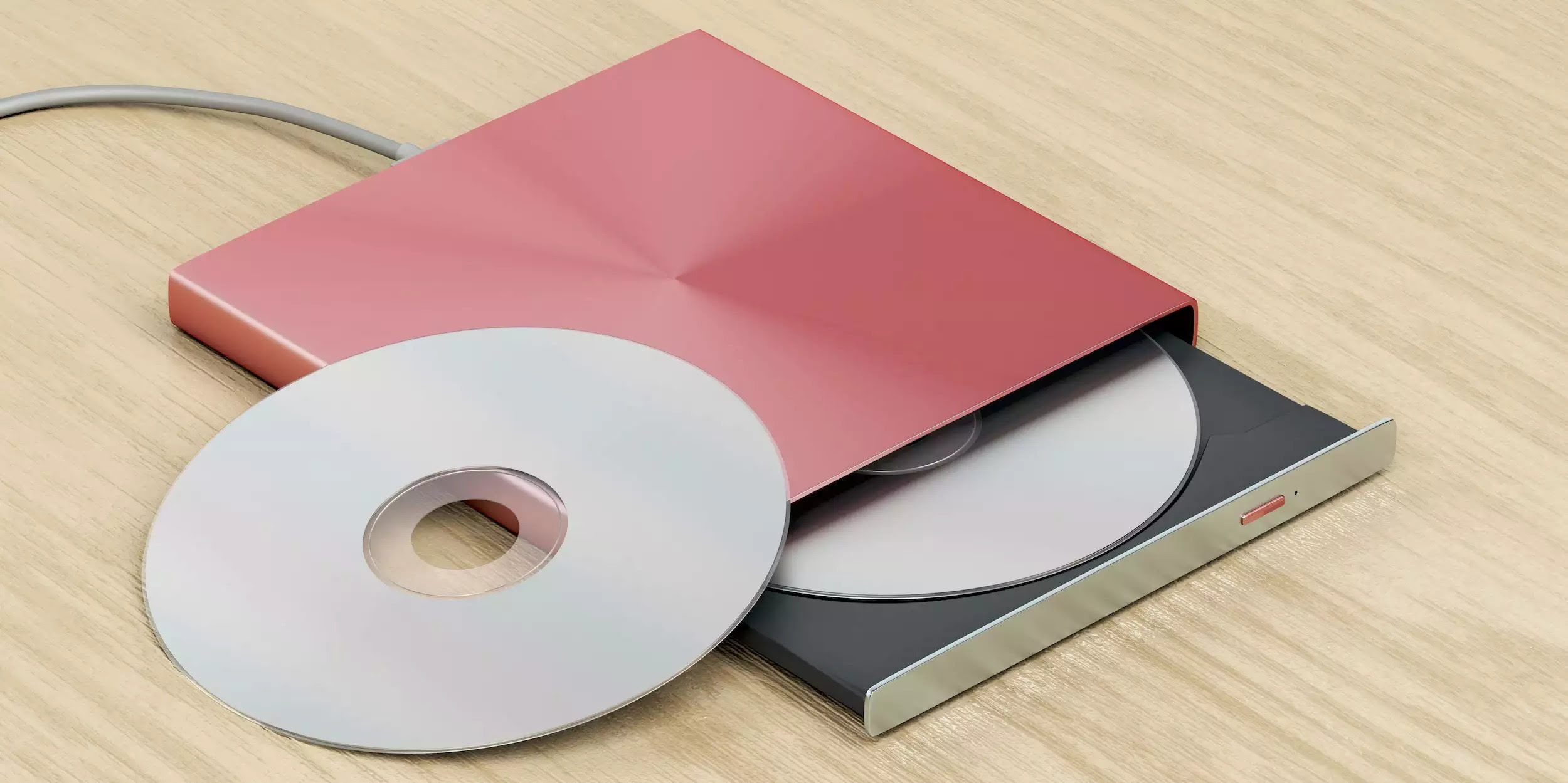


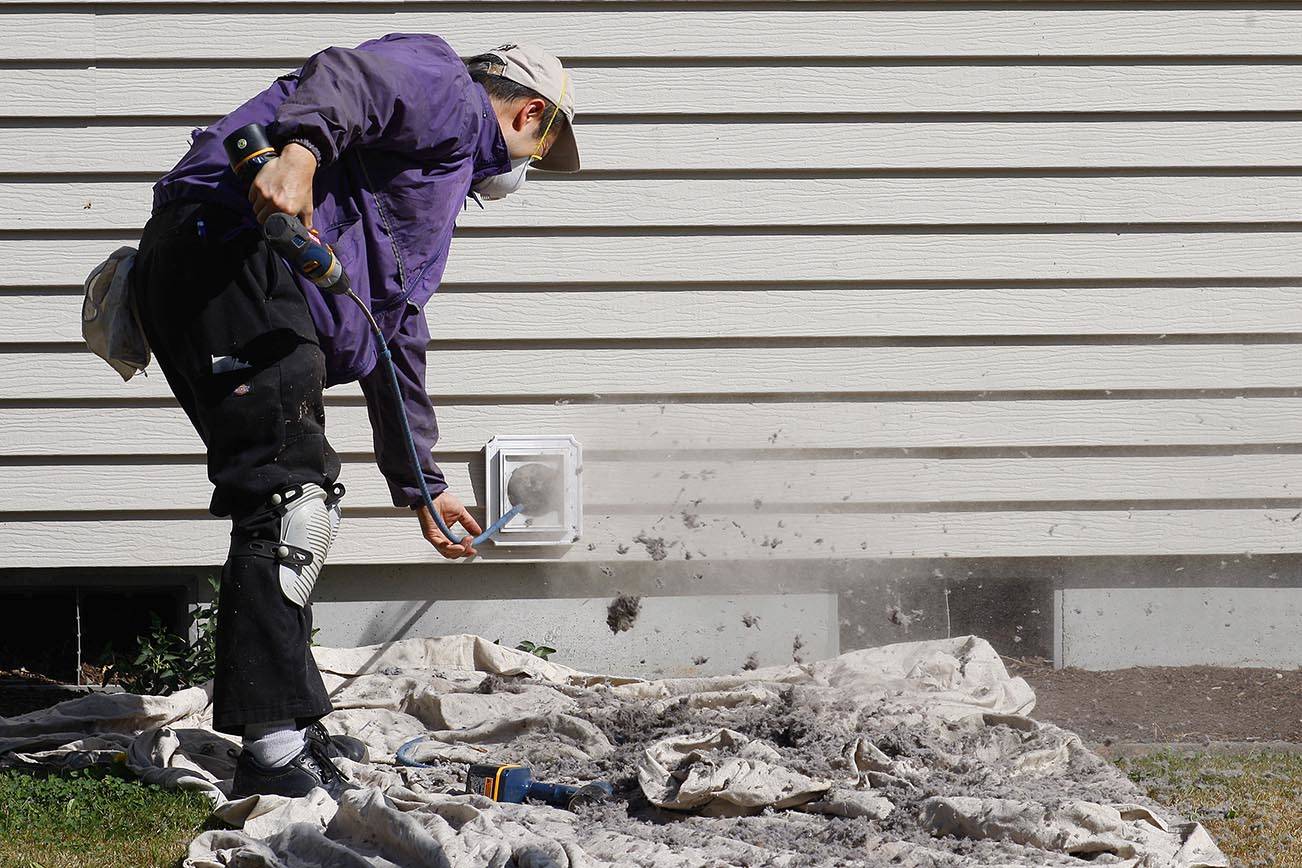

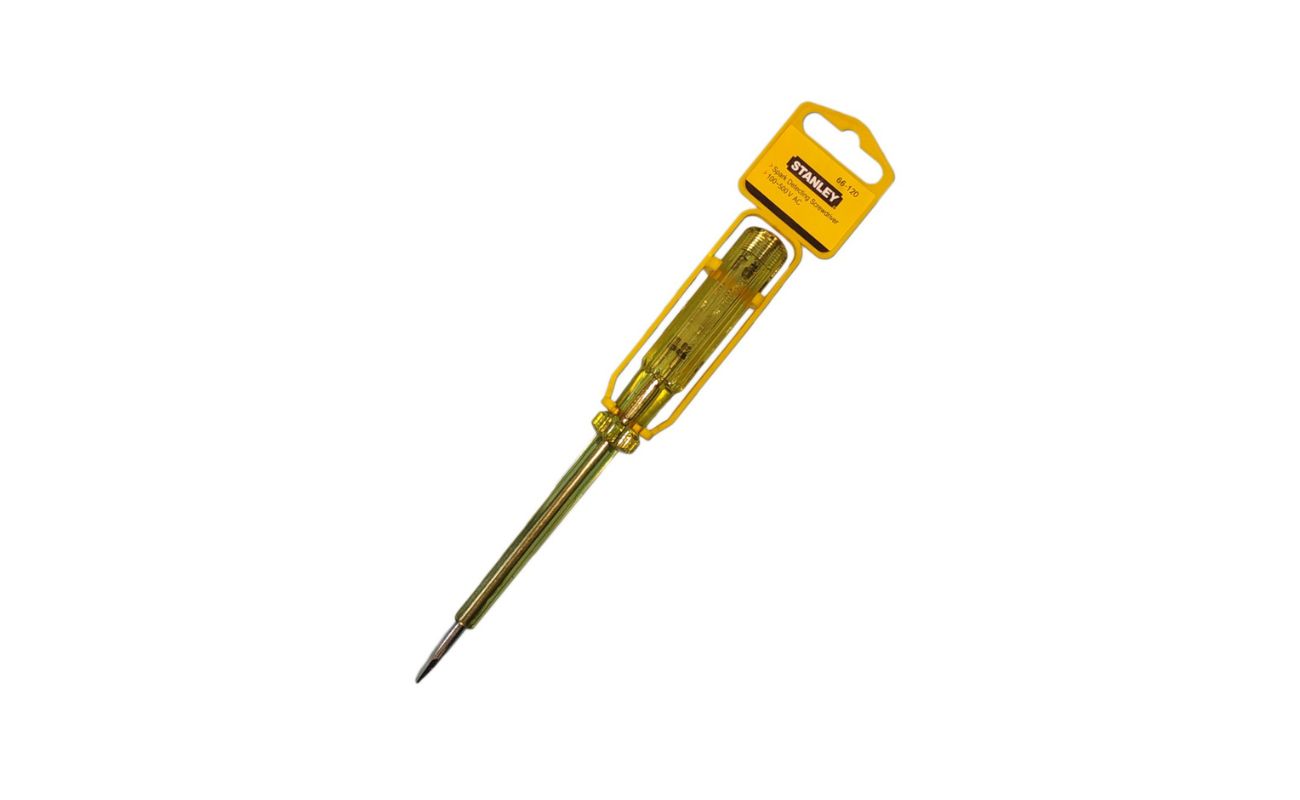
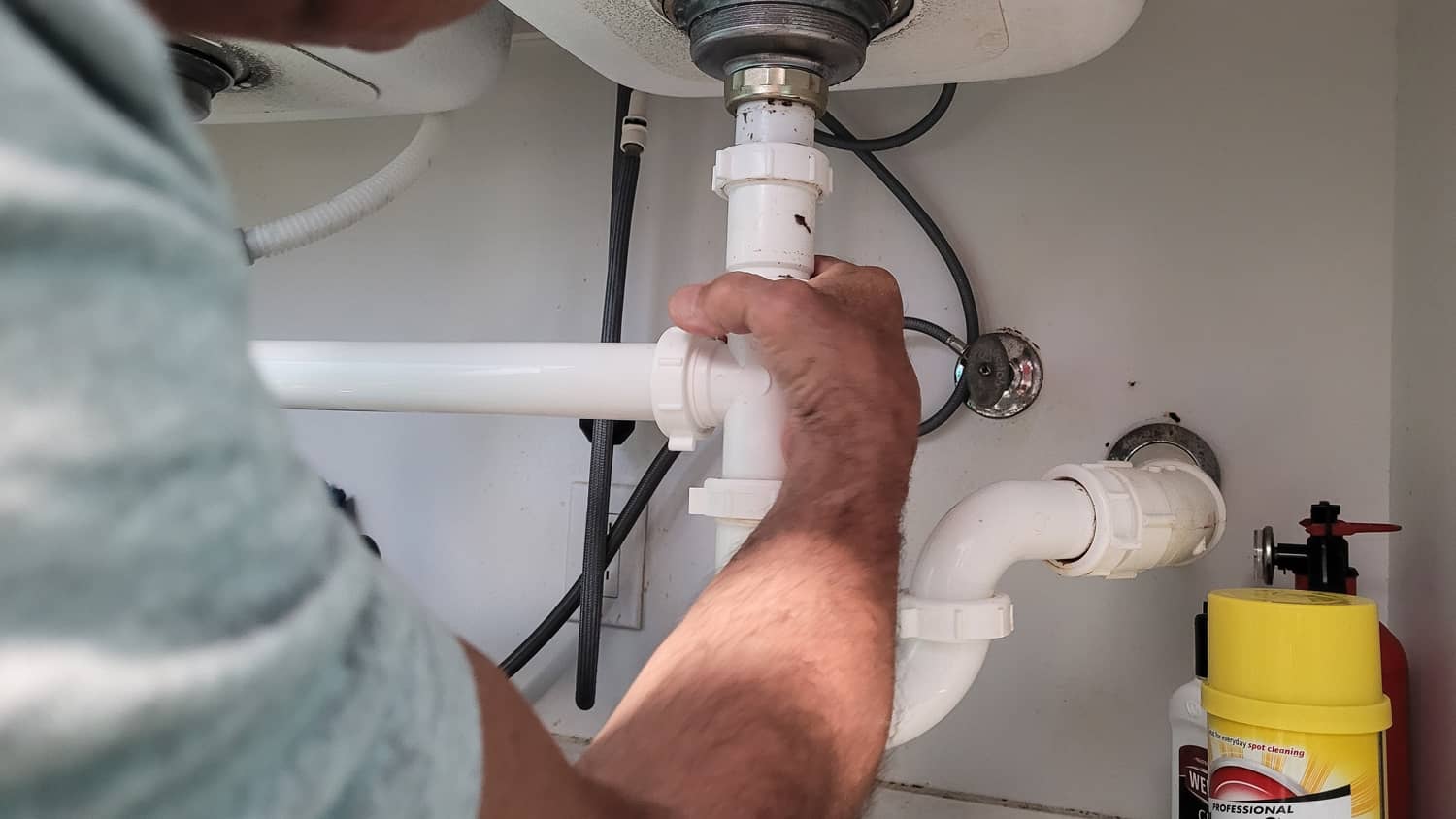

0 thoughts on “How Often To Check Mirrors While Driving”